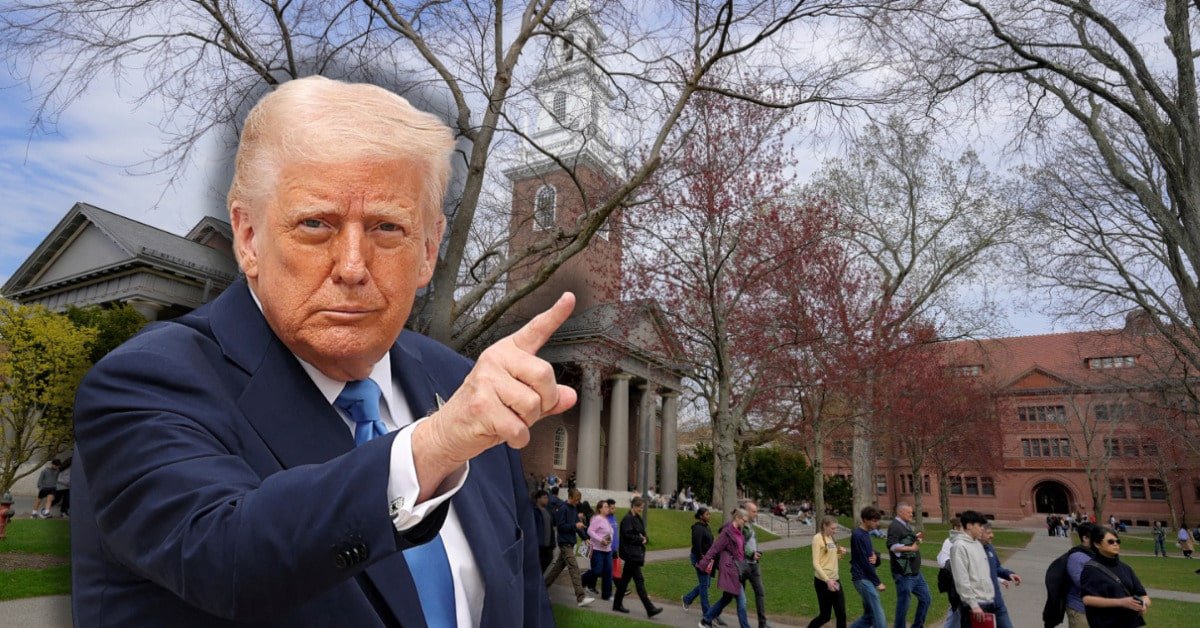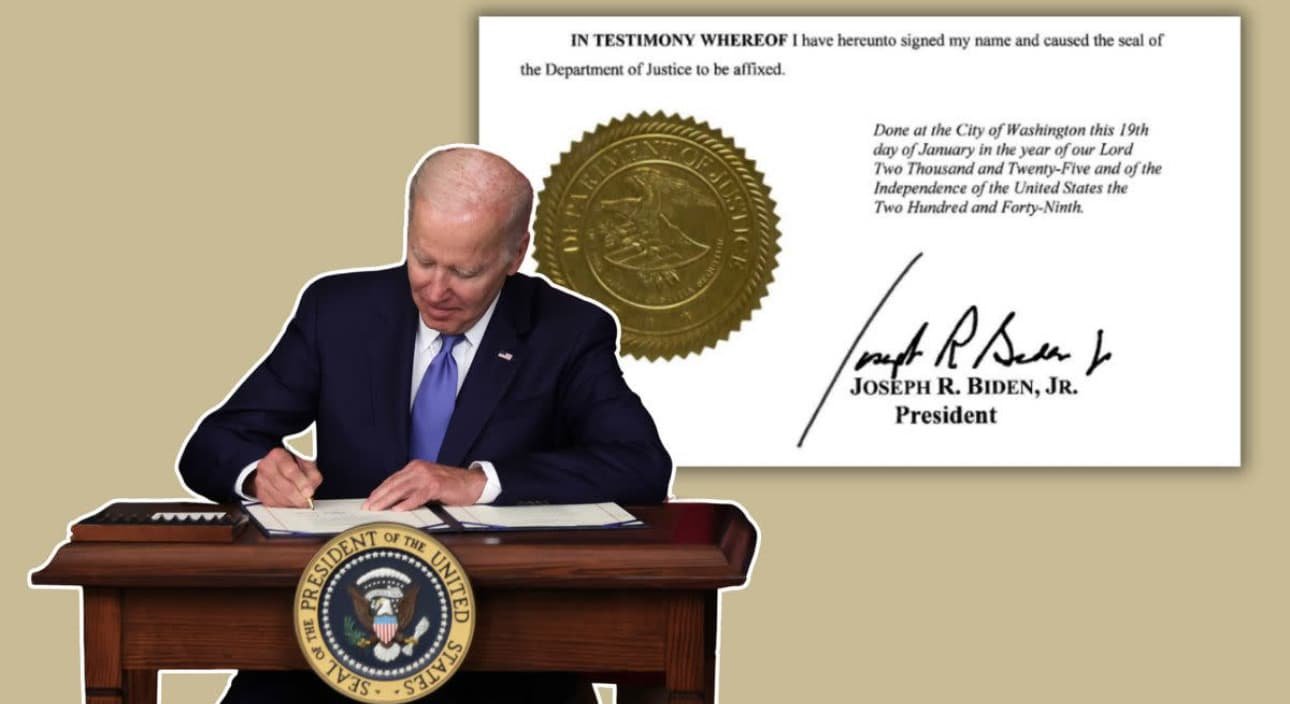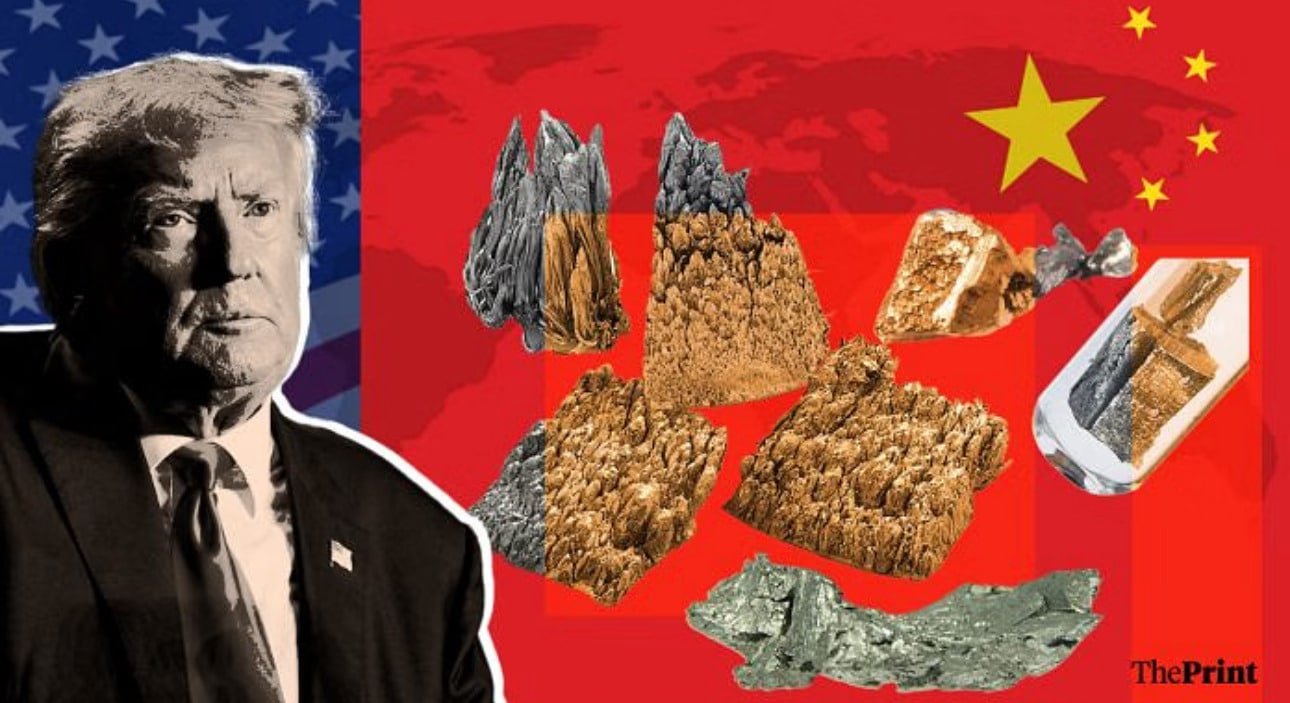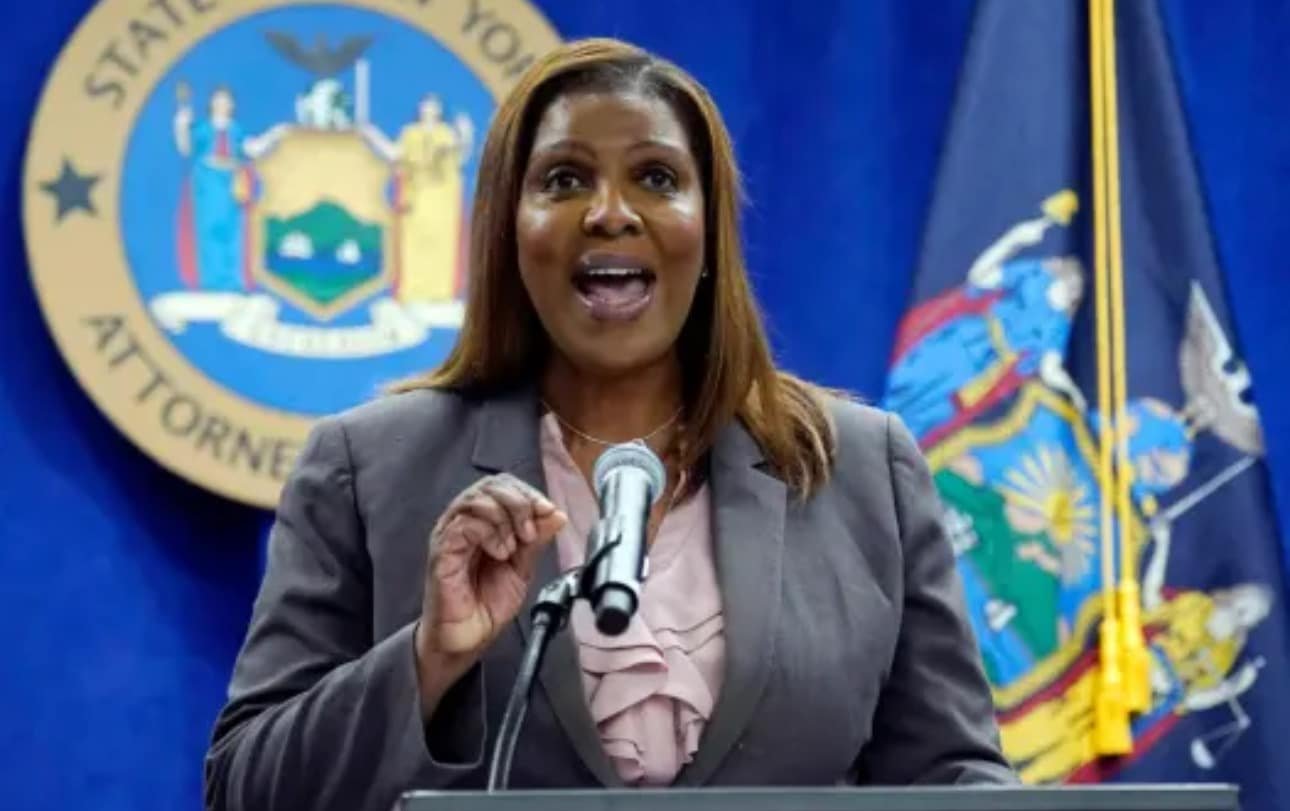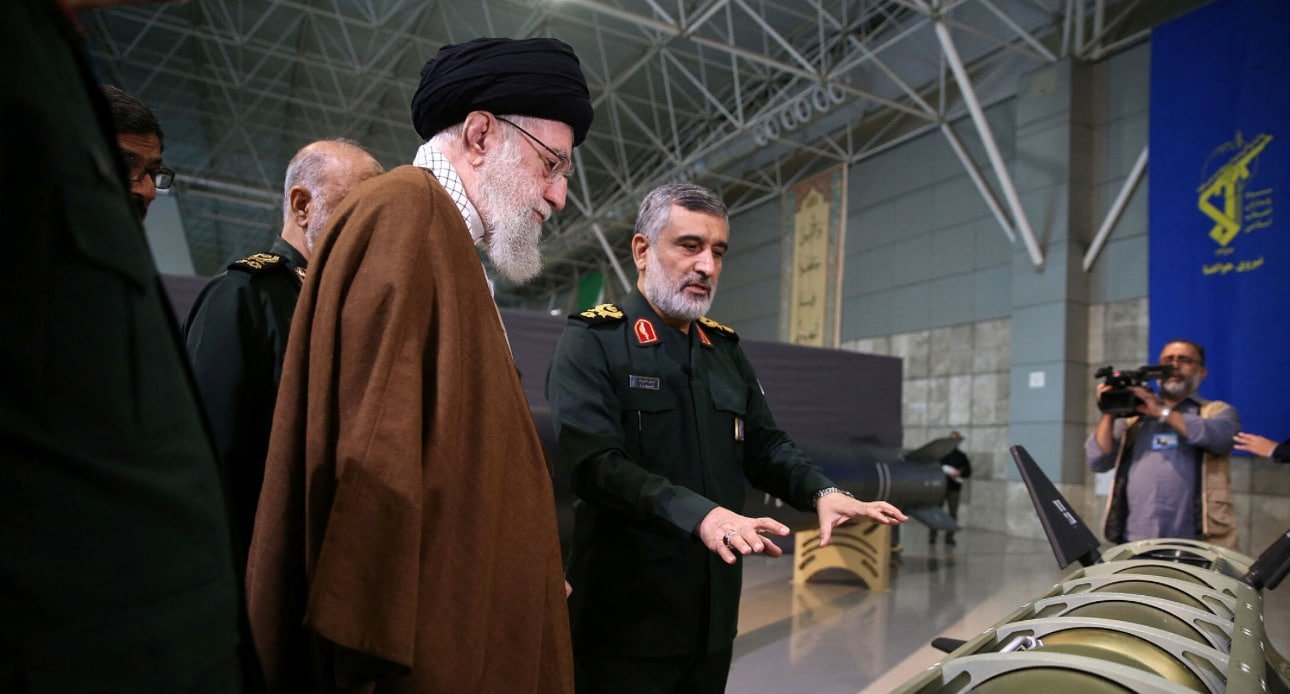What Are the Major Political Parties in the USA?
The United States has two main political parties: the Democratic Party and the Republican Party. These parties play a big role in how the country is run. They help make laws and policies that affect everyone.
Since the 1800s, the Democratic Party has been blue and has a donkey as its symbol. The Republican Party, or GOP, is red and has an elephant. These colors and symbols help people know which party each candidate supports.
Now, the Democratic Party has the president and most of the Senate. This shows they are still important in politics. The 2024 elections will feature big names like Kamala Harris for the Democrats and Donald Trump for the Republicans.
The political views in the U.S. range from left to right. This means there are many different opinions and ideas among the major parties. We will look into how these parties affect American politics, their main beliefs, and the role of third parties.
Key Takeaways
- The two primary political parties in the U.S. are the Democratic Party and the Republican Party.
- The Democratic Party advocates for government intervention in social welfare, while the Republicans favor limited government influence.
- Recent elections highlight key candidates such as Kamala Harris and Donald Trump, shaping the current political discourse.
- The political spectrum in the U.S. ranges from progressive to conservative ideologies.
- Understanding the major political parties in the USA is pivotal to grasping American governance and electoral dynamics.
Introduction to Political Parties in America
Political parties in America are key in shaping our political scene. They help people get involved and connect with government. Knowing about political parties helps us understand how they affect elections and laws.
Political factions started in the late 1700s. At the Constitutional Convention in 1787, two groups emerged: the Federalists and the Anti-Federalists. The Federalists wanted a strong national government, while the Anti-Federalists believed in state power. This debate led to the creation of political parties.
The Federalist Papers, written by Alexander Hamilton, James Madison, and John Jay, were meant to get states to accept the Constitution. When New Hampshire agreed on June 21, 1788, the Constitution was set. This led to George Washington becoming the first president in 1789.
During Washington’s time, the first parties formed. Hamilton’s Federalists supported a National Bank, while Jefferson’s Democratic-Republicans opposed it. This rivalry led to the two-party system we see today, with the Democrats and Republicans at the forefront.
George Washington warned about the dangers of parties in his Farewell Address. He feared they could harm national unity. Yet, partisanship has become a big part of American politics, shaping voter opinions and election results.
Political parties have evolved over time, changing the U.S. political landscape. While big parties lead, third parties bring new ideas. This mix shows the complex nature of democracy in America.
History of Political Parties in the USA
The history of political parties in the USA is complex. It started in the late 18th century, during the Constitutional Convention in Philadelphia. George Washington’s administration saw the first political factions. The Federalists wanted a strong national government, while the Democratic-Republicans opposed it.
By 1800, the first peaceful transfer of power happened. The Federalists gave way to the Democratic-Republicans. The early 19th century saw the Federalist Party decline. James Monroe was re-elected without opposition in 1820, starting the “Era of Good Feelings.
But, soon, the country split again. In the 1824 presidential election, four candidates ran. Andrew Jackson got the most votes but not enough electoral votes. John Quincy Adams was chosen by the House of Representatives.
The 1828 election was a turning point. Supporters of Andrew Jackson started calling themselves Democrats. They wanted a small government. The Anti-Masonic Party formed in 1832, showing how parties reflect society and regions.
The Republican Party emerged in 1854, opposing slavery. Over 220 years, parties have changed with issues, people, and places. American political history shows how parties evolve to meet their people’s needs, shaping today’s politics.
What Are the Major Political Parties in USA
The United States has two main political parties: the Democratic Party and the Republican Party. Each has a long history that shapes their views today. Third parties also play a role, offering different views and affecting elections.
Democratic Party Overview
The Democratic Party started in 1828. It stands for left-of-center ideas. Since the New Deal era, it has pushed for equality, government help in the economy, and civil rights.
Its supporters are often urban, educated, and younger. They also include non-white people, women, LGBT individuals, and union members. The party has passed important laws like the Civil Rights Act of 1964 and the Voting Rights Act of 1965.
Republican Party Overview
The Republican Party was founded in 1854. It began as an anti-slavery movement. Now, it supports limited government and free-market capitalism.
Its supporters are mainly from family businesses, older people, rural areas, the South, and religious white working-class voters. The party has won many presidential elections, showing its strong influence.
Third Parties: A Brief Insight
While the Democratic and Republican Parties are big, many third parties exist. For example, the Libertarian Party focuses on freedom and small government. The Green Party cares about the environment and sustainable policies.
Third parties make up a big part of the electorate. About 35–45% of voters don’t choose the two main parties. They can change election results by taking votes from the big parties.
| Party | Founded | Membership (2024) | Presidential Vote (2024) | Ballot Access (States) |
|---|---|---|---|---|
| Democratic Party | 1828 | 45,512,696 | 74,936,918 (48.5%) | 50 |
| Republican Party | 1854 | 37,314,494 | 77,234,090 (49.9%) | 50 |
| Libertarian Party | 1971 | 722,761 | 646,123 (0.418%) | 39 |
| Green Party | 2001 | 246,994 | 813,066 (0.526%) | 21 |
The Democratic Party: Ideology and Platform
The Democratic Party was founded on January 8, 1828. It is the oldest active political party in the United States. The party is known for its center-left views. It focuses on social justice, protecting the environment, and making healthcare more accessible.
The Democratic Party believes in equality and giving everyone a chance. It aims to meet the needs of different groups in society.
Key Values and Policies
The Democratic Party has several key policies to create a fair society. These include:
- Healthcare Access: The Affordable Care Act has helped over 20 million Americans get health insurance.
- Minimum Wage: The party wants a national minimum wage of $15.00 an hour. They suggest raising it with inflation.
- Economic Equality: Democrats think the rich should pay more taxes. This is part of a progressive tax system to reduce wealth gaps.
- Climate Action: The party is serious about climate change. They support using all energy sources, including clean ones.
- Social Rights: Democratic policies also include supporting immigration reform, automatic voter registration, and safe abortion access.
Historical Evolution
The Democratic Party has changed a lot over time. It started as a party for farmers and has now become a progressive force. Key moments include:
- The party won six out of eight presidential elections from 1828 to 1856.
- The New Deal era greatly expanded the party’s base, attracting many new voters in the mid-20th century.
- The party’s views have shifted due to civil rights movements and changing social values.
- In the late 20th century, the party faced challenges but then won back the presidency with Bill Clinton and Barack Obama.
The Republican Party: Ideology and Platform
The Republican Party, also known as the GOP, was founded in 1854. It has a clear set of beliefs that shape its policies today. These beliefs focus on limited government, personal freedom, and traditional family values.
Core Principles
The party’s main idea is fiscal conservatism, which started in the 1920s. They believe in cutting taxes to boost the economy. This idea, known as supply-side economics, was popularized by the Reagan administration.
Republicans also have strong views on healthcare and welfare. They have supported some Medicaid programs but also pushed for smaller government in social services. They often oppose raising the minimum wage, fearing it could hurt jobs and prices.
Shift in Ideological Focus
In recent years, the Republican Party has changed its focus. This change happened after the Civil Rights era. Now, the party leads the conservative movement in the U.S. It focuses on national defense and immigration, showing its commitment to security and sovereignty.
The Republican National Convention brings together about 2,000 delegates from over 40 states. Delegates are chosen through primary elections or caucuses. The party’s nomination process is faster than the Democrats. The Republican National Committee, with around 150 leaders, guides the party’s strategy and campaigns.
Other Significant Political Parties
In the complex world of American politics, many parties play a big role. The Libertarian Party and the Green Party stand out for their unique views. Independent parties also offer choices for those unhappy with the two main parties.
The Libertarian Party
The Libertarian Party wants less government and more personal freedom. It was started in 1971. People who support it often feel strongly about government’s role in their lives.
Recent numbers show 41% of people don’t feel the two big parties get them. This makes the Libertarian Party appealing to those seeking a new way of governing.
The Green Party
The Green Party focuses on the environment and social justice. It was formed in the 1980s and is popular with young people. It strongly supports fighting climate change and human rights.
Many Americans, 37%, want more political options. This shows a growing interest in parties like the Green Party.
Independent and Other Parties
Independent parties are key in shaping politics by offering more choices. About 25% of Americans don’t feel represented by the two big parties. This gives independents a chance to bridge gaps.
Independent parties and candidates spark important debates. They show their power in shaping elections and policies.
| Political Party | Main Focus | Key Supporters |
|---|---|---|
| Libertarian Party | Personal freedom, minimal government | Independents, libertarians |
| Green Party | Environmental issues, social justice | Young voters, progressives |
| Independent Parties | Varied platforms not defined by the two major parties | Disenfranchised voters |
Political Landscape and Electoral Dynamics
The American political scene is dominated by the Democratic and Republican parties. These two parties shape how people vote and identify with a party. About 49% of voters are Democrats, and 48% are Republicans. This shows how competitive the political world is.
The Two-Party System Explained
The U.S. uses a voting system that leads to two-party rule. This system makes voters choose between the two big parties. It leaves little room for smaller parties to win.
Influence of Third Parties in Elections
Even with the two-party system, third parties play a role in U.S. elections. They can change the conversation and sway votes from the big parties. For example, the Hispanic vote has grown a lot, and 44% of Democrats come from diverse backgrounds. This makes the election landscape more complex.
| Demographic Group | Democrats (%) | Republicans (%) |
|---|---|---|
| Overall Registered Voters | 49 | 48 |
| Voters aged 18-24 | 66 | 34 |
| Women Voters | 51 | 44 |
| Men Voters | 46 | 52 |
| Urban Voters | 60 | 37 |
| Rural Voters | 35 | 60 |
Conclusion
The political parties in the United States have greatly influenced how the country is run. The Democratic and Republican parties have changed over time. They have adapted to big events and shifts in what people think.
But, a big part of the population doesn’t like these major parties. About 28% of Americans have negative views of both. This makes people wonder about the future of these parties.
More people are choosing to vote independently. Third-party candidates are also getting more involved. This could be a big change for the usual two-party system.
Looking at how politics is changing shows us why we need to understand partisanship. Almost 35% of adults between 18 and 49 don’t like either party. This shows we need new ideas in American politics.
As more people vote, parties need to change to meet their needs. This is very important for getting younger voters involved. They might not like the old ways of doing things.
We are at a critical point for political parties. There’s a chance for big changes, but it will be hard. Parties need to update their views to match important issues and listen to criticism.
This will be key for the future of parties in America. Understanding these changes is crucial for better civic involvement and democracy.
FAQ
What are the two major political parties in the USA?
In the USA, the two big political parties are the Democratic Party and the Republican Party. They have been key players in politics since the mid-19th century. They help shape policies and run the government.
What role do political parties play in American democracy?
Political parties connect the government with citizens in America. They help with elections, shape policies, and encourage people to get involved in politics. This is vital for a healthy democracy.
How did the current two-party system evolve?
The two-party system grew from early groups like the Federalists and Democratic-Republicans. Over time, it settled on the Democratic and Republican parties. Big events like the Civil War and the New Deal played a big role in this.
What are the main ideologies of the Democratic and Republican parties?
The Democratic Party stands for equality, government help in the economy, and civil rights. The Republican Party believes in small government, personal freedom, and traditional values.
What influence do third parties have in the United States?
Third parties, like the Libertarian and Green Party, offer different views. They can change elections by taking votes from the big parties. This can shift public opinion and results.
How do independents fit into the political landscape?
Independents don’t belong to either big party. They add variety to politics and can sway election results. This is true, even in tight races.
What are some key values of the Libertarian and Green parties?
The Libertarian Party values freedom and small government. The Green Party focuses on the environment, justice, and fighting climate change.
Why is the two-party system significant in American electoral dynamics?
The two-party system affects elections because it often leads to a focus on winning by a small margin. This makes the big parties more powerful. It also hides the impact of smaller parties.
Source Links
- Democrats vs Republicans: A quick guide to the major US political parties – https://www.abc.net.au/news/2024-11-05/what-is-the-difference-between-democrats-and-republicans/104228388
- United States – Political parties | Britannica – https://www.britannica.com/place/United-States/Political-parties
- Formation of Political Parties – Creating the United States | Exhibitions – https://www.loc.gov/exhibits/creating-the-united-states/formation-of-political-parties.html
- The Rise of Political Parties – https://www.battlefields.org/learn/articles/rise-political-parties
- politics-newnation – https://www.ncpedia.org/sites/default/files/documents/nchist_political-parties.pdf
- Political parties in the United States – https://en.wikipedia.org/wiki/Political_parties_in_the_United_States
- List of political parties in the United States – https://ballotpedia.org/List_of_political_parties_in_the_United_States
- List of political parties in the United States – https://en.wikipedia.org/wiki/List_of_political_parties_in_the_United_States
- Political positions of the Democratic Party (United States) – https://en.wikipedia.org/wiki/Political_positions_of_the_Democratic_Party_(United_States)
- Democratic Party | History, Definition, & Beliefs | Britannica – https://www.britannica.com/topic/Democratic-Party
- Democratic Party (United States) – https://en.wikipedia.org/wiki/Democratic_Party_(United_States)
- Republican Party – Platforms, Ideology, Structure | Britannica – https://www.britannica.com/topic/Republican-Party/Policy-and-structure
- Political positions of the Republican Party (United States) – https://en.wikipedia.org/wiki/Political_positions_of_the_Republican_Party_(United_States)
- 9. How well the major parties represent Americans, the public’s feelings about more political parties – https://www.pewresearch.org/politics/2023/09/19/how-well-the-major-parties-represent-americans-the-publics-feelings-about-more-political-parties/
- How do major political parties split control of Congress? – https://ru.usembassy.gov/how-do-major-political-parties-split-control-of-congress/
- Changing Partisan Coalitions in a Politically Divided Nation – https://www.pewresearch.org/politics/2024/04/09/changing-partisan-coalitions-in-a-politically-divided-nation/
- Politics of the United States – https://en.wikipedia.org/wiki/Politics_of_the_United_States
- Political Polarization in the American Public – https://www.pewresearch.org/politics/2014/06/12/political-polarization-in-the-american-public/
- 4. The Republican and Democratic parties – https://www.pewresearch.org/politics/2023/09/19/the-republican-and-democratic-parties/



